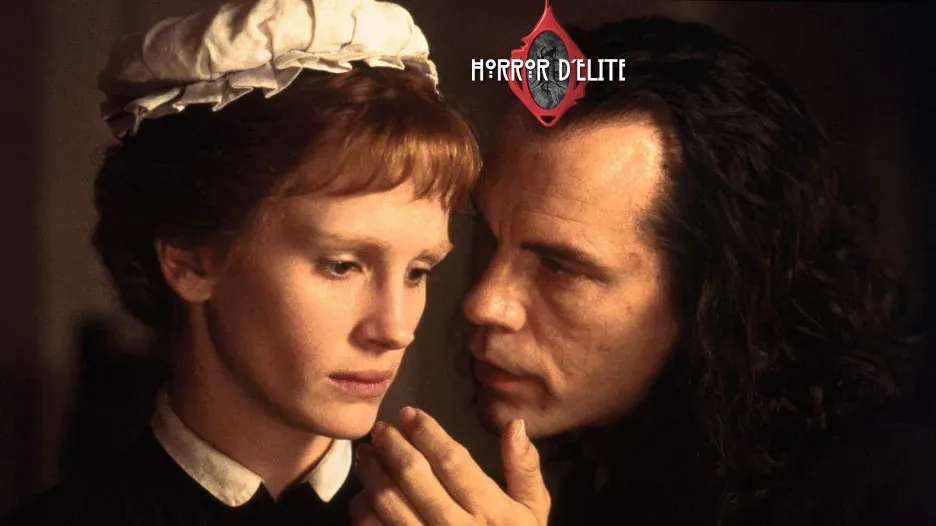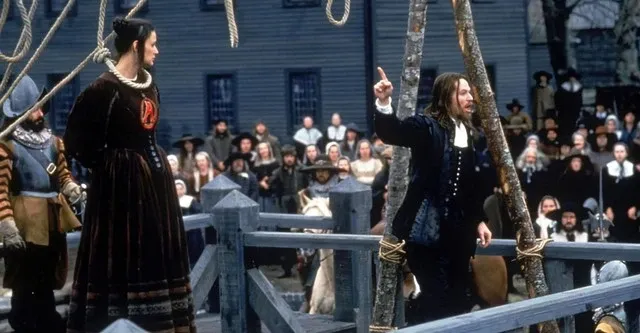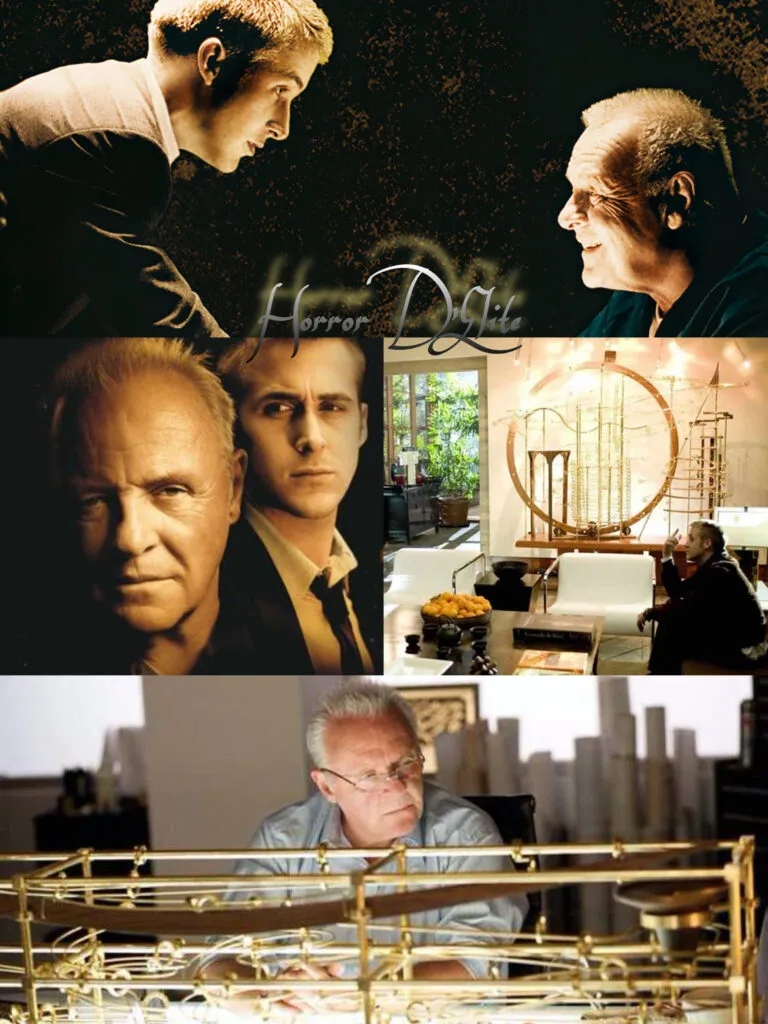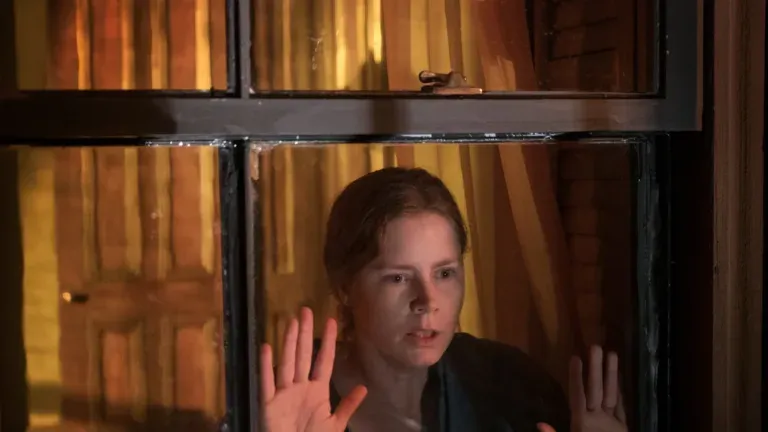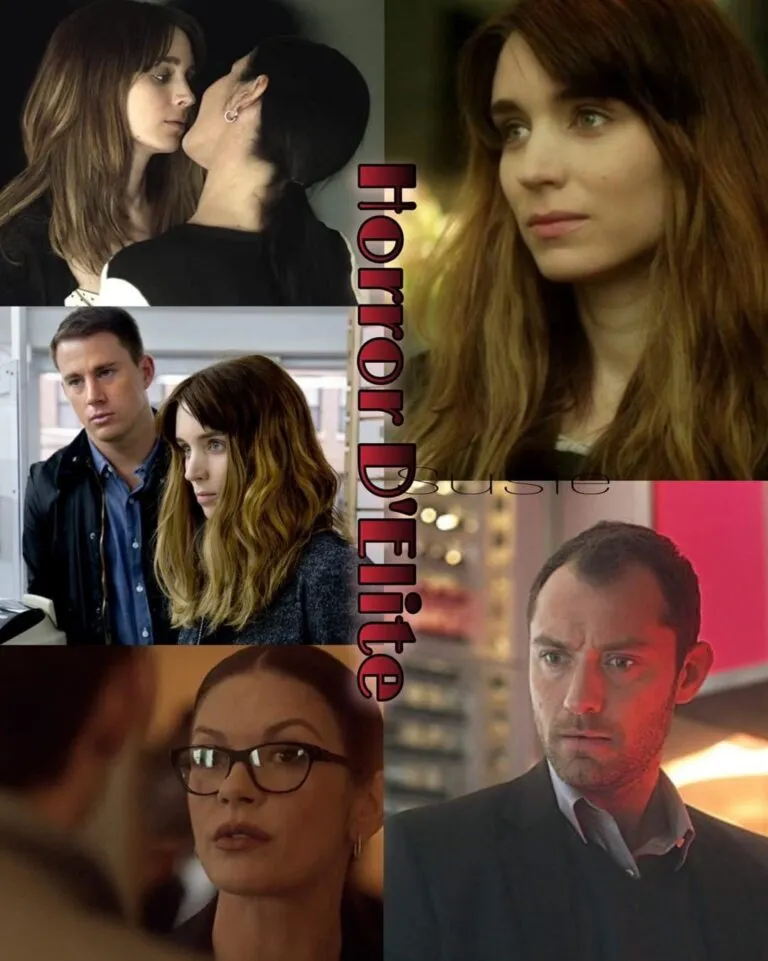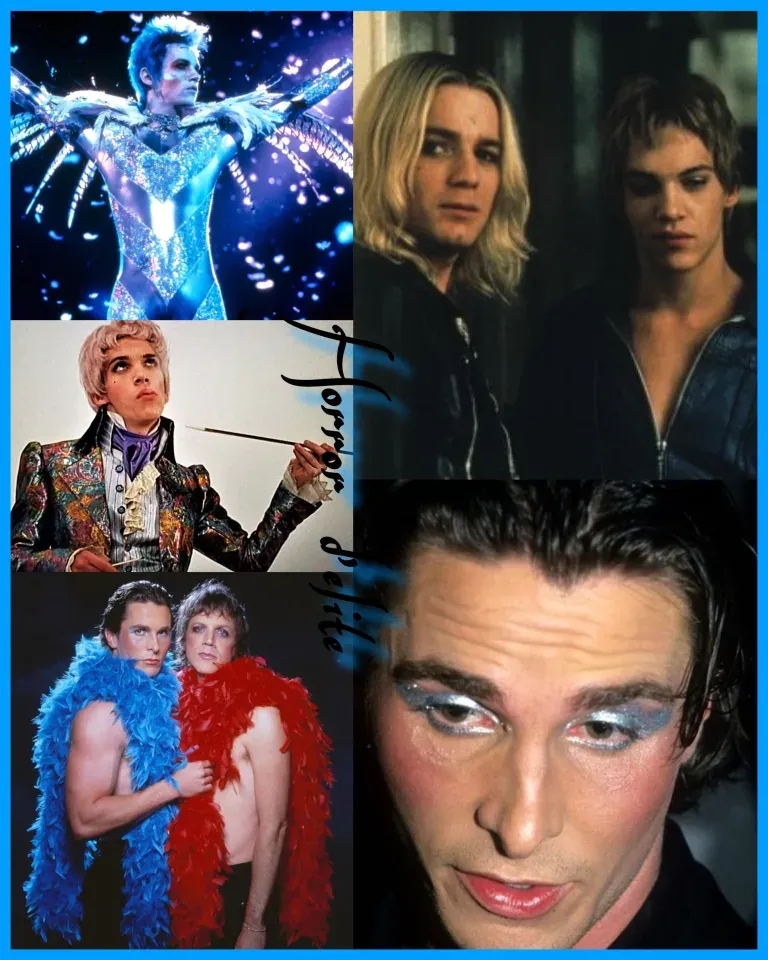Mary Reilly
Mary Reilly: A Dark Reimagining of the Dr. Jekyll and Mr. Hyde Myth
- Original Title: Mary Reilly
- Year: 1996
- Director: Stephen Frears
- Genre: Psychological Thriller/Gothic Horror
- Runtime: 108 minutes
Plot and Setting
Mary Reilly is a 1996 film directed by Stephen Frears, inspired by the eponymous novel by Valerie Martin. The film reinterprets the classic tale of The Strange Case of Dr. Jekyll and Mr. Hyde by Robert Louis Stevenson, offering a unique perspective: that of the maid Mary Reilly, who works for the troubled Dr. Henry Jekyll, unaware of his dual identity as the sinister Mr. Hyde.
Set in dark Victorian London, the film follows Mary, played by Julia Roberts, a young woman from humble origins with a difficult past, who manages to find work in Dr. Jekyll’s (John Malkovich) home. Her employer, charming yet introverted, seems to harbor a terrible secret, and over time, Mary finds herself confronting her inner demons and the doctor’s dark transformation.
Direction and Style
Stephen Frears, already known for films such as Dangerous Liaisons (1988), constructs a psychological thriller with Mary Reilly that plays on tension and the unsaid. Frears opts for a gothic aesthetic and a deliberately evocative slow narrative, focusing more on the characters than on action. The film stands out for its exploration of themes of repression, moral duality, and sexuality, using a tension-filled atmosphere.
Cast of the Film Mary Reilly
The film boasts an impressive cast. Julia Roberts plays Mary with a performance that highlights the character’s vulnerability and inner strength. Her Mary is a fragile figure marked by her past but is also capable of facing the terrifying truth surrounding her.
John Malkovich, in the dual role of Dr. Jekyll and Mr. Hyde, delivers a multifaceted performance. His portrayal of Jekyll is that of a man who, while trying to maintain a facade of respectability, is constantly on the brink of yielding to his dark side, represented by Hyde, an animalistic and uncontrollable figure.
The cast is completed by talented actors such as George Cole, Glenn Close (as Mrs. Farraday, the madam of a brothel), and Michael Gambon, who add depth to the narrative.
Soundtrack
The soundtrack for Mary Reilly was composed by George Fenton, known for his work in films such as Gandhi and Dangerous Liaisons. Fenton creates an elegant yet unsettling musical accompaniment that fits well with the film’s dark atmosphere. His evocative melodies underscore the contrast between the two worlds colliding: the calm and orderly life of Mary and the chaotic and dark existence of Mr. Hyde.
Critical Reception of the Film Mary Reilly
Despite the strong cast and Frears’ direction, Mary Reilly did not achieve the expected box office success, and the critics were divided. Some praised Roberts’ performance and the film’s gothic aesthetic, while others criticized the slow pace and lack of tension compared to Stevenson’s original tale. However, over time, the film has been re-evaluated, particularly for its ability to explore psychological and social themes with subtlety.
Themes
One of the most interesting aspects of the film is the attention given to the figure of Mary. While the classic tale of Jekyll and Hyde primarily focuses on the man’s inner struggle between good and evil, Mary Reilly brings the female and working-class perspective to the forefront, exploring power dynamics, trauma, and resilience. Mary’s character represents the ability to survive and even flourish in a male-dominated world while being caught up in a story of horrors and deception.
Conclusion on the Film Mary Reilly
Mary Reilly remains a fascinating reimagining of a classic of gothic literature. With its attention to detail, the intense performances of Julia Roberts and John Malkovich, and the evocative direction of Stephen Frears, the film offers a cinematic experience rich in gothic atmospheres and psychological introspection that deserves to be viewed by horror and thriller enthusiasts.

